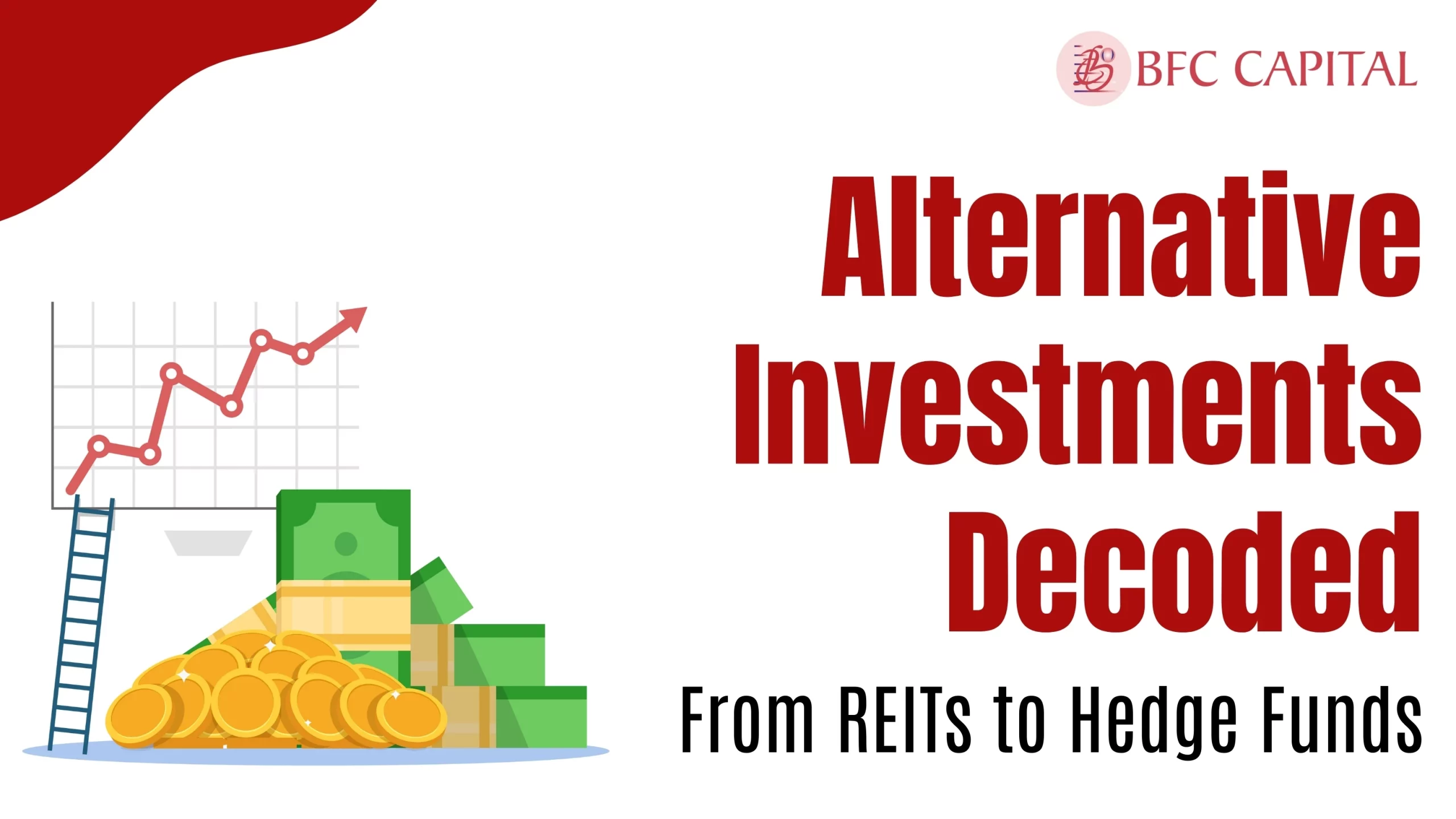
As is public knowledge, several kinds of mutual funds are in operation today. These mutual funds differ in terms of the period of the funds, utility, and other ways. But, to your surprise, you would not have understood that even the distribution of return rates following mutual funds is not carved identically. In terms of how mutual fund returns are distributed, there are two options: growth and IDCW or income distribution cum capital withdrawal. The article will discuss IDCW, growth plans, and their advantages and disadvantages.
Table of Contents
What is a Growth Mutual Fund?
When selecting the investment, the growth option is one where the increases in the value of the investment are retained in the fund and not distributed as dividends. Any appreciation is utilized to purchase more of the investment instrument instead of giving proportionate monthly returns.
This contributes to compounding your returns over time, which may increase overall growth. Take a Rs.1,000 investment in a mutual fund that offers the Growth option, for instance. Your investment grows to Rs. 1,100 in the first year as the fund gains 10%.
The Growth option reinvests this profit automatically rather than allocating it as income. An 8% gain occurs in the second year, bringing your investment to Rs. 1,188. Reinvesting the gains from each year has a compounding effect that never ends. After a few years, that initial Rs. 1,000 can increase significantly. The growth option works like a snowball, leveraging the power of compounding to help your investment accrue larger profits over time.
What is an IDCW Mutual Fund?
Investors who would rather receive distributions periodically can also choose among mutual fund options that offer Income Distribution cum Capital Withdrawal, or IDCW. Based on the fund’s rules, this could happen every month, every quarter, or every year.
Difference between IDCW Mutual fund and Growth Mutual fund?
| Features | IDCW Mutual Fund | Growth Mutual Fund |
| Income distribution | IDCW is contingent upon the availability of distributable surplus, as determined by SEBI Regulations. | It does not pay a consistent dividends; profits are reinvested for future possible capital development. |
| Capital Withdrawal | Permits withdrawals from invested capital as well as revenue. (The sums can be disbursed from investors’ capital, or the Equalization Reserve, a portion of the sale price that reflects profits achieved.) | Regular withdrawals are usually prohibited; capital gains are invested for future growth. |
| Compounding effect | When withdrawals are made, the NAV is reduced and the reduction is equal to the dividend amount, which may affect overall compounding. | Reinvesting profits allows for compound growth and, eventually, faster growth. |
| Investor profile | It is ideal for investors who want to receive monthly payouts regularly. | Ideal for long-term investors who are prepared to give up regular income in favor of capital growth. |
| Risk and return | Since regular payouts provide a more predictable income, income and capital appreciation are combined to create returns. | There may be higher risk because returns are based on market performance, and capital growth is the main objective. |
| Tax implication | The tax consequences could change depending on how money is distributed and withdrawn. Investors will be subject to capital gains and income taxes. | When units are sold, and capital gains tax is applied, there are usually tax ramifications. |
Which Mutual Fund Is Better, Growth or IDCW?
- Investment partners receive a portion of their invested capital under the IDCW plan. Conversely, in the Growth option, the fund reinvests its earnings back into the initiative.
- Investors receive their dividends from the fund’s net asset value. Therefore, following dividend payments, the NAV decreases. In growth, The NAV value rises because the profits are reinvested in a growth plan.
- Due to the monthly dividend payout, the IDCW plan’s overall returns are less than the growth plan’s.
- In the IDCW plan, investors who fall inside a specific tax slab band are required to pay tax. On the other hand, when engaging in growth plans, these investors will be subjected to a 12.5 % tax over and above 1.25 lakhs on their long-term capital gains and 20% on their short-term capital gains if the investment is sold within one year of its purchase.
- The IDCW plan is preferred by investors seeking steady or consistent income, while growth plans are available to those seeking to increase their capital.
Is it feasible to change from IDCW to the Growth option?
It is feasible to move from a mutual fund’s Growth option to its IDCW (Income Distribution Cum Capital Withdrawal) option. It is customary to refer to this procedure as a switch transaction. However, the terms and conditions established by the fund house operating the mutual fund scheme and its participants may affect the capacity to move between the two choices.
Typically, investors are adaptable to making these changes in response to their evolving financial requirements and investing goals. Before making such a change, it is best to contact a financial advisor to learn about the steps, possible expenses, and any related ramifications. It is essential to remember that switching could affect your investment plan and have tax ramifications, so it is crucial to base your strategic selections on your financial circumstances and objectives.
Conclusion
In conclusion, the investor’s financial objectives, time horizon for investing, and personal preferences all play a role in selecting between the Growth and IDCW alternatives in mutual funds. Long-term investors looking for financial appreciation may consider the Growth option; those who need regular income from their investments should consider the IDCW option.
Please share your thoughts on this post by leaving a reply in the comments section. Contact us via Phone, WhatsApp, or Email to learn more about mutual funds, or visit our website. Alternatively, you can download the Prodigy Pro app to start investing today!
Disclaimer – This article is for educational purposes only and does not intend to substitute expert guidance. Mutual fund investments are subject to market risks. Please read the scheme-related document carefully before investing.

Assistant Vice President – Research & Analysis
Akash Gupta heads the Research & Analysis department at BFC CAPITAL, where he combines in-depth market insights with strategic analysis. He holds multiple certifications, including:
- NISM-Series-XIII: Common Derivatives Certification
- NISM-Series-VIII: Equity Derivatives Certification
- NISM-Series-XXI-A: Portfolio Management Services Certification
- IRDAI Certification
With his expertise in equity, derivatives, and portfolio management, Akash plays a key role in providing research-backed strategies and actionable insights to help clients navigate the investment landscape.








Name: What Is a Bull Market?
says:[…] Also, check out our recent post on: “IDCW Mutual Fund vs Growth Mutual Fund – Which is better?“ […]